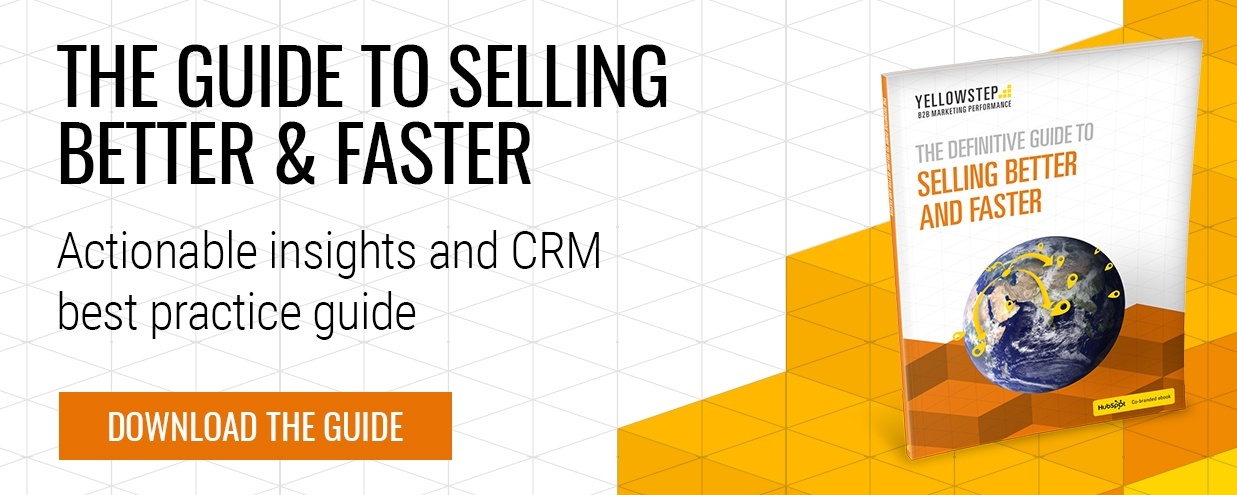The dreaded sales pitch - they conjure up all kinds of awful images. Slimy salesmen in suits, holding cigarettes and rambling on for hours about their product… eugh. We’re quite lucky that this kind of ‘traditional’ sales pitch hardly exists anymore.
Instead, sales should be looking for a back and forth discussion about the needs of a prospect, and whether your business fits the equation and can help to solve their needs.
So let's retire the term ‘sales pitch’. Instead, many sales approaches these days all come through inbound selling.
According to Hubspot research, 47% of buyers view 3-5 pieces of content before engaging with a sales rep, and as of 2017, 35% of salespeople say closing deals is getting harder. And although this number is always moving, the best sales pitches come from warmer contact with your leads.
With that in mind, when you eventually get to ‘the pitch’, you need to keep these 3 factors in mind:
Permission
In a post-GDPR, post-Cambridge Analytica-debacle world, taking extra care of data is essential for both customers and businesses. However, this is not what we mean by permission, in this case.
As Seth Godin puts it in his book permission marketing, ‘Real permission works like this: if you stop showing up, people complain. They ask where you went.’
The idea is to make your website visitors, followers, and subscribers to want your pitch before you even start it.
The way to do this is through inbound marketing. This means your business has the good grace to wait until customers make first contact with you, thanks to the authority of your content, resources, or social proof such as case studies and reviews.
/Inbound%20Methodology.png?width=800&name=Inbound%20Methodology.png)
Only then can your sales team come through, and contact the lead as quickly as possible with a customised message that is relevant to their pain point. For pain points that mean a longer sales cycle, the lead can then be kept in your database and nurtured with other relevant content that is seen as useful and engaging.
Storytelling
Two of our most popular blog posts go into detail about how Headspace and Simba Sleep implemented inbound marketing best practice to make us buyers.
What these two blogs have in common is an element of storytelling - including a concept, how it was executed, and the result.
Stories are one of the key factors that make ideas ‘stick’ according to Chip and Dan Heath’s book, Made to Stick, as they drive action through simulation. While stats can be good social proof, endless walls of them will make your prospects yawn. Facts tell, stories sell.
According to sales expert and author Erik Luhrs, “In sales situations, stories allow the subconscious mind of the prospect to truly ‘get’ and see the valuable application of the solution.”
Stories can also provide a powerful empathic response with the release of oxytocin, otherwise known as ‘the trust hormone’, which is explained further in the following video.
Social proof and evidence
Once you have the permission and the start of your story, you need the results to back it up.
The best evidence is stories from people—told in their own voices—who say you helped reach their ‘happily ever after.’
You could portray this through social proof such as case studies and reviews, which demonstrate how a similar company to your prospect faced a similar pain point, how you implemented your product or service, and what the results were. These can also come in blog form and sent within follow-up emails.
In sales, you should be presenting solutions, not features that come from your product or service. Nobody wants to be the guinea pig, and it’s great to be able to gain wisdom through the second-hand experiences of those we trust.
Smarter, faster selling
Since sales pitches are now akin to one-on-one conversations that dive into your prospects’ needs, it’s essential that you have the right tools and practices at your disposal to create new customers.
Our guide to selling better and faster features the tips, tools and best practices you need in order to create a contextualised, efficient sales experience.
Download the guide to selling better and faster to learn more.
 By
By 